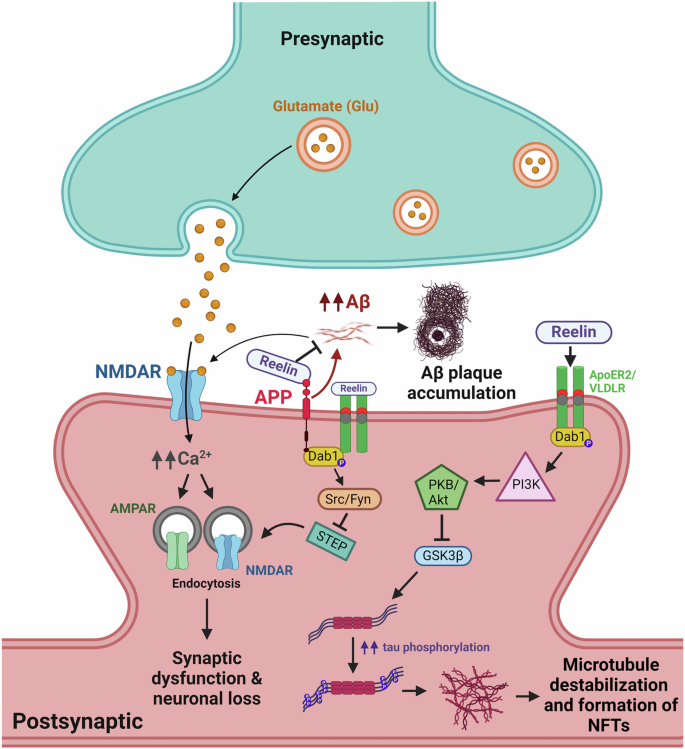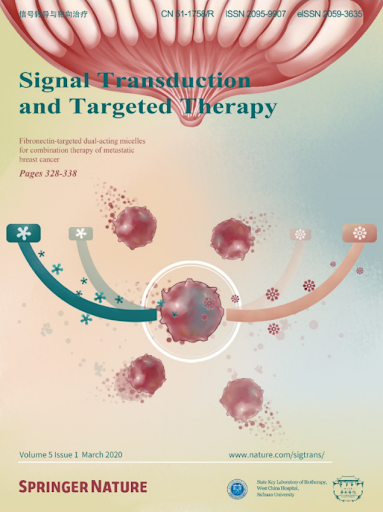绘制阿尔茨海默病地图:探索细胞的脆弱性和恢复力
IF 40.8
1区 医学
Q1 BIOCHEMISTRY & MOLECULAR BIOLOGY
引用次数: 0
摘要
在最近发表于《自然》(Nature)的一篇论文中,Mathys 及其合作者展示了一份全面而精确的转录组图谱,该图谱涵盖了阿尔茨海默病(AD)患者和非患者的不同脑区。这篇论文旨在确定区域分子结构的差异以及神经元和神经胶质亚型的区域特异性变化,同时还研究了某些脑区和细胞亚型与其他脑区和细胞亚型相比是否更容易受到阿尔茨海默病的影响或受到独特的影响,并探索了可能有助于细胞恢复能力的机制1。本文章由计算机程序翻译,如有差异,请以英文原文为准。

Mapping Alzheimer’s disease: exploring cellular vulnerability and resilience
In a recent paper published in Nature, Mathys and co-workers presented a comprehensive and precise transcriptomic atlas of distinct brain regions from individuals with and without Alzheimer’s disease (AD). This paper aimed to identify differences in regional molecular architecture along with region-specific changes in neuronal and glial subtypes, while also investigating whether certain brain regions and cell subtypes are more vulnerable or uniquely affected by AD compared to others, and exploring mechanisms that may contribute to cellular resilience.1
求助全文
通过发布文献求助,成功后即可免费获取论文全文。
去求助
来源期刊

Signal Transduction and Targeted Therapy
Biochemistry, Genetics and Molecular Biology-Genetics
CiteScore
44.50
自引率
1.50%
发文量
384
审稿时长
5 weeks
期刊介绍:
Signal Transduction and Targeted Therapy is an open access journal that focuses on timely publication of cutting-edge discoveries and advancements in basic science and clinical research related to signal transduction and targeted therapy.
Scope: The journal covers research on major human diseases, including, but not limited to:
Cancer,Cardiovascular diseases,Autoimmune diseases,Nervous system diseases.
 求助内容:
求助内容: 应助结果提醒方式:
应助结果提醒方式:


